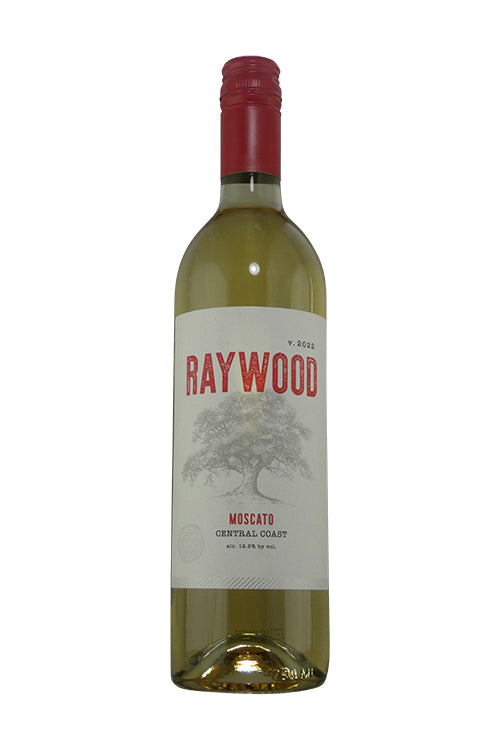1
/
of
1
Raywood Moscato - 2022 (750ml)
Raywood Moscato - 2022 (750ml)
Regular price
$13.99
Sale price
$13.99
Regular price
$17.99
Unit price
/
per
Availability:
1 In Stock
$25 Shipping on Orders +$299
Couldn't load pickup availability
Share :

- varietal
- Region
- Sub - Region
- Type
- Reviews
Muscat was one of the first grapes to be identified and cultivated and is, more accurately speaking, the name given to the family of four main sub-varieties. The most important is Muscat Blanc a Petits Grains and Muscat of Alexandria. Due to the high level of Monoterpenes they are almost unique in producing wines with a distinctively grapey and musky aroma. Muscat Blanc is fast becoming one of the worldâ??s most popular light-skinned varieties making the Moscatelâ??s of Spain and Moscatoâ??s of Italy. These wines are typically very fragrant and low-alcohol, sweet, sparkling wine. The grape is also grown in France, making bone-dry whites in Alsace and sweet fortified â??Vins doux naturelsâ?? in the hotter climes in south of the country. In Australia, it is the darker hued Muscat of Alexandria which forms the countries finest liqueur Muscats, delivering unctuous aromas of citrus peel and sweet spice. Good examples come from Barossa and Rutherglen Valley.
Along with Tuscany, Piedmont is responsible for most of Italyâ??s greatest wines. Here, Nebbiolo is the king of grapes with the DOCGs of Barolo and Barbaresco supplying a significant amount of the finest examples. Less expensive, but good value Nebbiolos are made within the larger Langhe DOC which Barolo and Barbaresco are both situated in. Barbera and Dolcetto are the region's other important red grapes. Moscato (Muscat) is the most popular white grape, most of which gets used in making Spumante and Frizzante (semi-sparkling) wines, notably those made in and around the town of Asti. Meanwhile, the region's most popular still white wines are made from Cortese and Arneis. Cortese are mostly made in the province of Alessandria and go by the name Gavi, while Arneis is mainly cultivated in Roero, just north west of Alba.
A town and subregion of south east Piedmont and also the name of the sparkling white wine it, along with its larger neighbouring provinces; Cuneo and Alessandria, produces. While the region makes a range of light red wines from native varieties including Barbera, Dolcetto and Gignolino to name a few, it is the Moscato Bianco (Muscat Blanc a Petits Grains) grape that is of most commercial importance. The region produces two differing styles of sparkling, Asti Spumante and Moscato d'Asti. Asti Spumante indicates a fully sparkling off dry style, which is now just referred to as Asti. The spumante was dropped out of its name when it was elevated to DOCG status in 1993 in an attempt by producers to differentiate itself from other regions who also included Spumante in the name of their sparkling wine. Moscato d'Asti is Asti's frizzante (semi-sparkling), sweeter and lower alcohol cousin, typically made with the ripest and healthiest grapes. Unlike Champagne where a second fermentation is carried out in order to make the wine sparkling, Asti and Moscato d'Asti acquires its carbonation during its one and only fermentation in stainless stell tanks. Asti is normally fermented to 7-9.5% abv Asti's and Moscato d'Astis to 5-5.5% abv. Asti's are prized for their pronounced youthful and exotic fruit forward aroma and are therefore generally non vintage, intended for drinking very young. The wines are normally served chilled in Champagne flutes and while quite high in residual sugar good examples will have enough acidity to make them compatible with a range of sweet and savoury dishes.
Dessert wines are usually any sweet wine drunk with or around a meal. White fortified wines (fino and amontillado sherry) are usually drunk before the meal, and the red fortified wines (port and madeira) drunk after it. Most fortified wines are regarded as distinct from dessert wines, but some of the less strong fortified white wines, are regarded as honorary dessert wines. In the United States a dessert wine is legally defined as any wine over 14% alcohol by volume, which includes all fortified wines.


